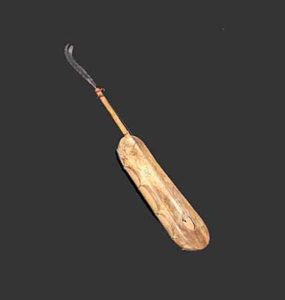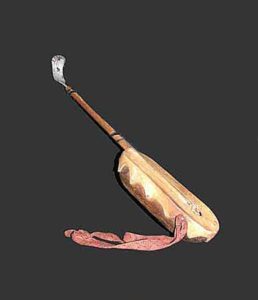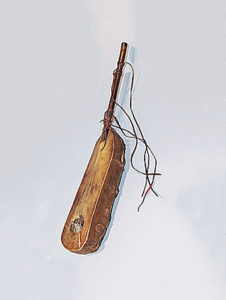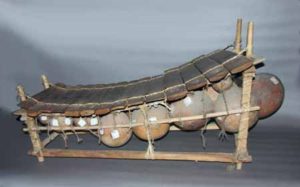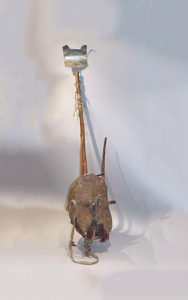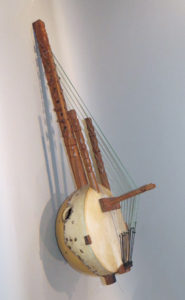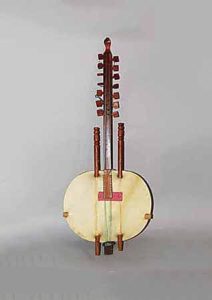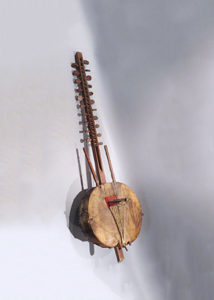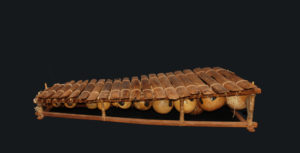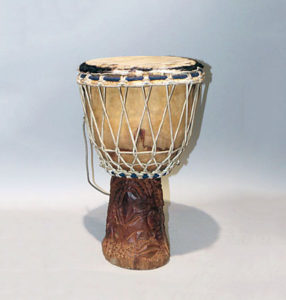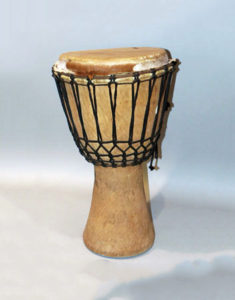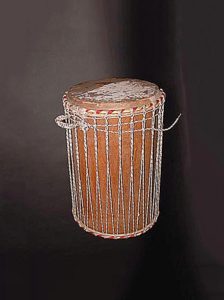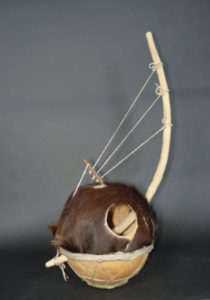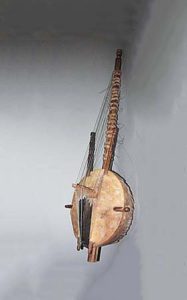The Mandinka (also known as the Mande, Mandingo and Malinke – “People of Mali”, among other names) are a West African people who are spread across parts of Guinea, Ivory Coast, Mali, Senegal, the Gambia, and Guinea-Bissau. With a global population of some 11 million, the Mandinka are the best-known ethnic group of the Mande peoples, all of whom speak different dialects of the Mande language. They are descendants of the great Mali Empire that flourished in West Africa from the 13th through the 16th centuries. Beginning in the 16th century, tens of thousands of Mandinka were captured and shipped to the Americas as slaves. In the 20th century, the author Alex Haley made the Mandinka famous when he traced his “Roots” back to the village of Juffure in the Gambia, where his great-great-great-great-grandfather, Kunta Kinte, was captured and sold into slavery in the United States.
Some Mandinka converted to Islam from their traditional animist beliefs as early as the 12th century, but after a series of Islamic holy wars in the late 19th century, more than 95 percent of Mandinka are Muslims today. Most reside in family compounds in rural villages, which are largely autonomous and governed by local chiefs. Peanuts are a main crop, and a staple of the Mandinka diet; they also plant millet, corn, and sorghum. Mandinka women do the laborious, physically demanding work of tending the rice fields, in addition to their roles as wives and mothers.
The artwork of the Mandinka suggests influence by the Bamana, the Marka, the Senufo and the Guro peoples.
Source: Mande | people | Britannica

